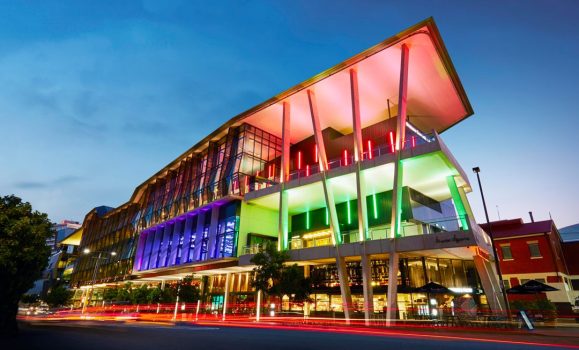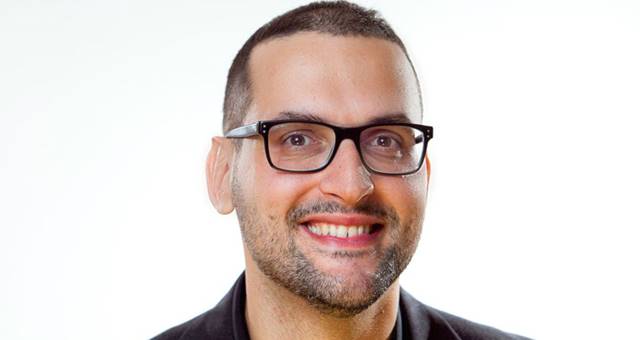Meetings & Events Australia (MEA) has become the first organisation to ban the traditional use of PowerPoint-style presentations at a major conference. The MEA Annual National Conference, to be held in Sydney on 21-24 April 2012, attracts around 900 delegates to discuss meeting and event issues.
Given its role in advising clients how to communicate effectively at events, MEA has long questioned whether speakers who read out bullet points provide a useful experience for meeting delegates.
“The bullet point model was created in the pre-digital era, when there was a shortage of expert information. It was worth flying somewhere to hear that kind of speech. Now the web is full of expert presentations you can watch in your own time and location, so meetings need to provide something beyond that,” said Linda Gaunt, chief executive officer of MEA.

Banning Bad PowerPoint- MEA vetos reading off slides, clip art, bullet points and more at this year’s conference.
The aim is to deliver presentations that are simpler, more emotive and more human than delegates normally see. Presenters are encouraged to tell stories rather than read out lists. Endless studies have shown that stories are far more memorable and inspiring than the standard style of business presentation, but until now organisations have balked at enforcing speakers to break the mould.
MEA has drawn up a banned list of classic PowerPoint techniques. Bullet points, flow charts, template backgrounds, clip art, reading from the screen, and other proven yawn-inducers are all forbidden, a challenging task at an event with speakers from around the world.
Presenters have been briefed to present with simpler, more involving material: photos, videos, demonstrations, old-fashioned storytelling. No image is allowed to have more than 10 words.
“As an industry, we manage everyone else’s events. It’s up to us to set an example to show that when you get people together, it doesn’t have to be a process of dull, passive one-way communication,” said Gaunt.
“We’re pushing everyone outside the comfort zone, and we think it’s going to be involving and inspiring. It’s the future of meetings.”


